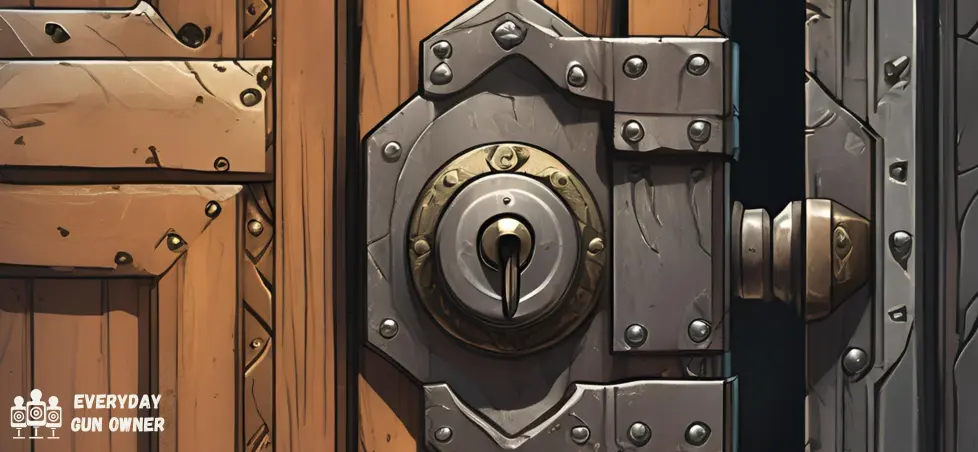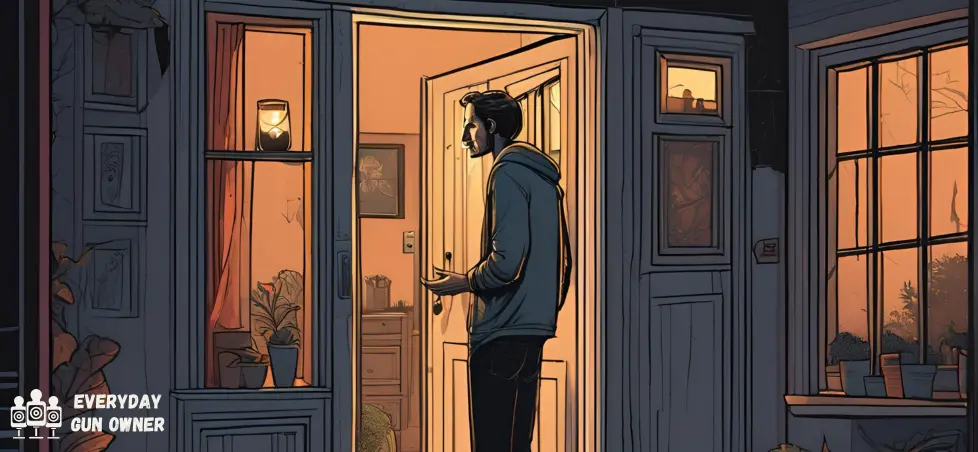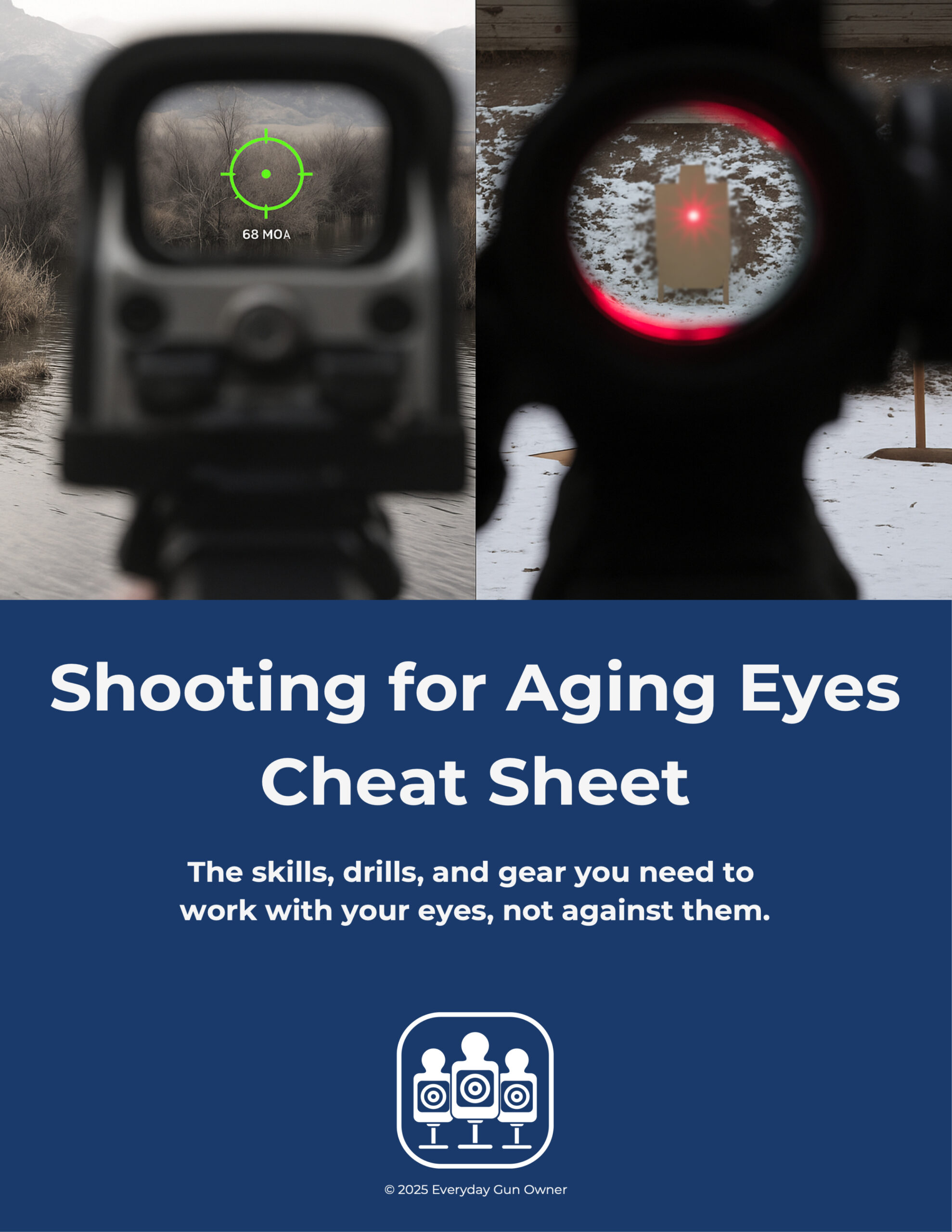Imagine this: It’s 2 AM. You hear glass shatter downstairs. Your heart pounds. Your family sleeps just down the hall. You grab your phone and dial 911—only to hear, “Please hold.”
Yeah, that’s not going to cut it.
What is the Castle Doctrine, and why should you care? Imagine the chilling scenario: the dead of night, a sudden crash downstairs, and the primal instinct to protect your loved ones surging through you. You reach for help, but the line is busy. In those terrifying moments, understanding your rights becomes paramount. The Castle Doctrine, a legal principle rooted in the idea that your home is your sanctuary, empowers you to defend yourself and your family against intruders
Alright, let’s cut through the noise and get down to brass tacks. You’re here because you want to understand the Castle Doctrine, and frankly, you’re tired of the “warm and fuzzy” approach to home defense. You want to know how to legally defend your castle, because let’s face it, “911, please hold” is not a strategy. This article will arm you with the knowledge to understand your rights, cut through the legal jargon, and empower you to make informed decisions about protecting your home and family. No fluff, just the facts, delivered with a dose of reality.
In a world where seconds count and help can be minutes away, understanding the Castle Doctrine isn’t just a good idea; it’s a necessity. Simply put, the Castle Doctrine is a legal principle that allows you to use force, including deadly force, to defend yourself, your family, and your home from intruders. It flips the script on the traditional “duty to retreat” and says, “My home, my rules.”
The Castle Doctrine typically applies when an intruder unlawfully enters your dwelling (your “castle”). This could include your house, apartment, or even your occupied vehicle in some jurisdictions. The law recognizes the inherent danger and vulnerability you face when someone breaches the security of your home.

Let’s delve deeper into the Castle Doctrine meaning. Imagine your home as your personal sanctuary, a place where you and your loved ones should feel safe and secure. The Castle Doctrine enshrines this fundamental right, asserting that your dwelling is not a place where you are expected to yield to those who unlawfully enter with harmful intent. It’s a powerful declaration: your home is your castle, and within its walls, you have the inherent authority to protect yourself and yours. This principle recognizes the unique vulnerability one faces within their own residence and empowers individuals to act decisively when threatened.
Let’s talk about running away. In some backwards legal systems, they expect you to be the one scrambling when some dirtbag decides to invade your personal space. Seriously? The “duty to retreat” is basically saying, “Instead of defending yourself, maybe try politely backing out of the situation while they’re stealing your TV and terrorizing your family.” Yeah, no thanks.
Enter the glorious Castle Doctrine. This ain’t your grandma’s self-defense advice. The “no duty to retreat” aspect is the middle finger to that ridiculous notion, especially within the walls of your own home. It’s simple: your house is your sanctuary, not some battleground where you’re expected to tactically withdraw.
Think about it. Someone busts down your door at 3 AM. Are you supposed to politely say, “Excuse me, sir, would you mind waiting while I gather my loved ones and make a hasty exit?” Hell no! The Castle Doctrine gets it. It says you have the right – the unquestionable right – to stand your ground. You don’t need to turn your home into an obstacle course while some predator is trying to do you harm.
This isn’t about being bloodthirsty; it’s about common sense and basic human dignity. Your home is where you should feel the safest. The Castle Doctrine reinforces that. It draws a bright, unmistakable line: if someone unlawfully forces their way into your domain and poses a threat, you are not legally obligated to back down, turn tail, or play the victim. You have the right to defend yourself, your family, and your property, right then and there. Period. It’s about leveling the playing field in the one place where you should absolutely have the advantage.
So, where does this apply? Castle Doctrine States vary, but the common thread is that they give you more leeway to use force in self-defense within your home. Check your local laws, because this is where the details really matter. Don’t assume your state is a castle doctrine state, verify it.
According to Wisevoter, 10 states recognize Castle Doctrine: California, Colorado, Illinois, Iowa, New Mexico, Oregon, Vermont, Virginia, Washington (state), and Wyoming.
Wisevoter also has a state-by-state breakdown regarding which states are Stand Your Ground, Castle Doctrine, or Duty to Retreat.

Now, let’s clear up the confusion: Castle Doctrine vs. Stand Your Ground. The Castle Doctrine is specifically about your home. Stand Your Ground laws extend that principle to other places where you have a legal right to be. Both are about self-defense, but one’s about your castle, and the other’s about your zone. For more on Stand Your Ground, see What is Stand Your Ground?.
Let’s get one thing straight: the Castle Doctrine isn’t a blanket “shoot first, ask questions later” pass. It’s nuanced, and the specifics vary from state to state. However, the core concept remains the same: you have the right to defend your space.

Let’s ditch the hypotheticals and talk about real life.
We are not saying “never call 911!” If you don’t have time to call 911 or wait for the police to show up, you can and do have the right to defend yourself if the situation warrants it. You will need to call 911 after the incident is over.

The Castle Doctrine is a powerful tool, but it comes with responsibility. For tips on keeping your guns locked up and safe, see Gun Safety in the Home

The Castle Doctrine is not a magic bullet, but it’s a vital part of your home defense strategy. It’s about taking control of your safety and knowing your rights. Because when seconds count, you can’t afford to wait.
| Dave Pitcher, who’s been shooting and handling firearms since 1988. In addition, Dave’s served 12 years in the Army Reserve with deployments to Qatar and Afghanistan. This article is for educational purposes only and is not legal advice. Laws, rosters, and Glock’s discontinued list can change. Last updated: October 30, 2025. |
Join thousands of Everyday Gun Owners learning real-world preparedness, without the hype.
